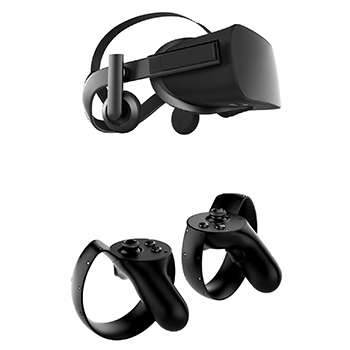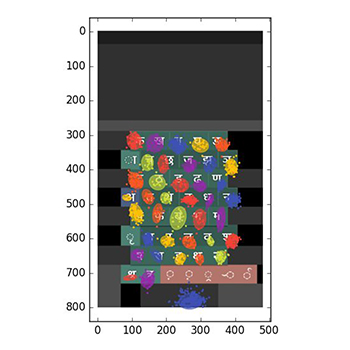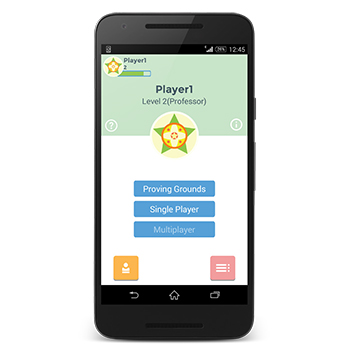Today, there are a variety of devices or platforms that are capable of providing virtual reality (VR) experiences. Some examples are: Google VR (cardboard and Daydream), MS Hololens, Oculus Rift, HTC Vive, etc. Each device presents an opportunity for a unique way of interaction between the user and the system. This largely depends on the hardware capabilities and limitations of the device itself and, of course, the imagination of the designers or developers developing applications for these devices.
This study aims to explore the different kinds of interactions that are currently being employed by designers or developers across a variety of applications across different platforms.





